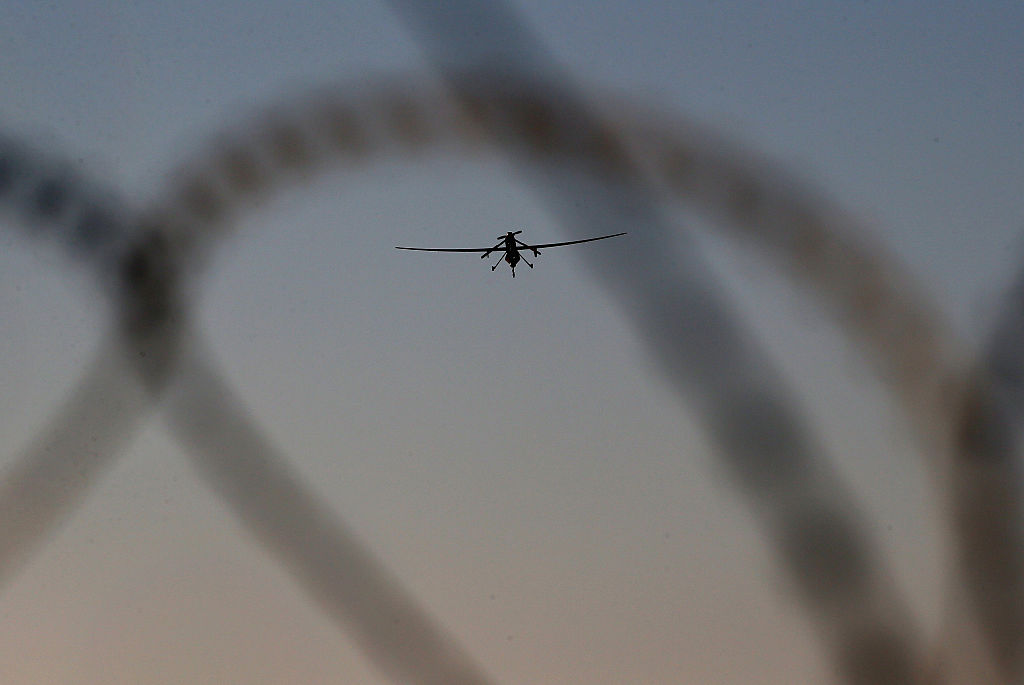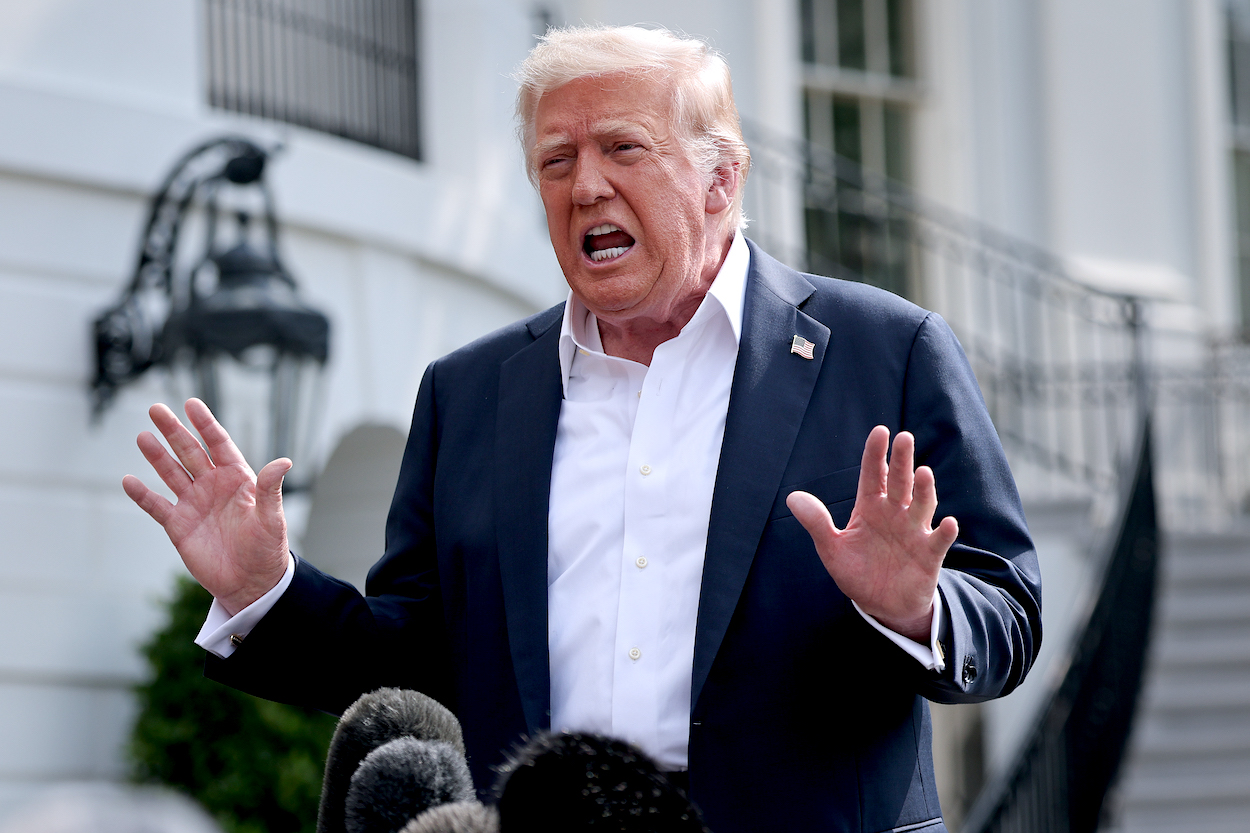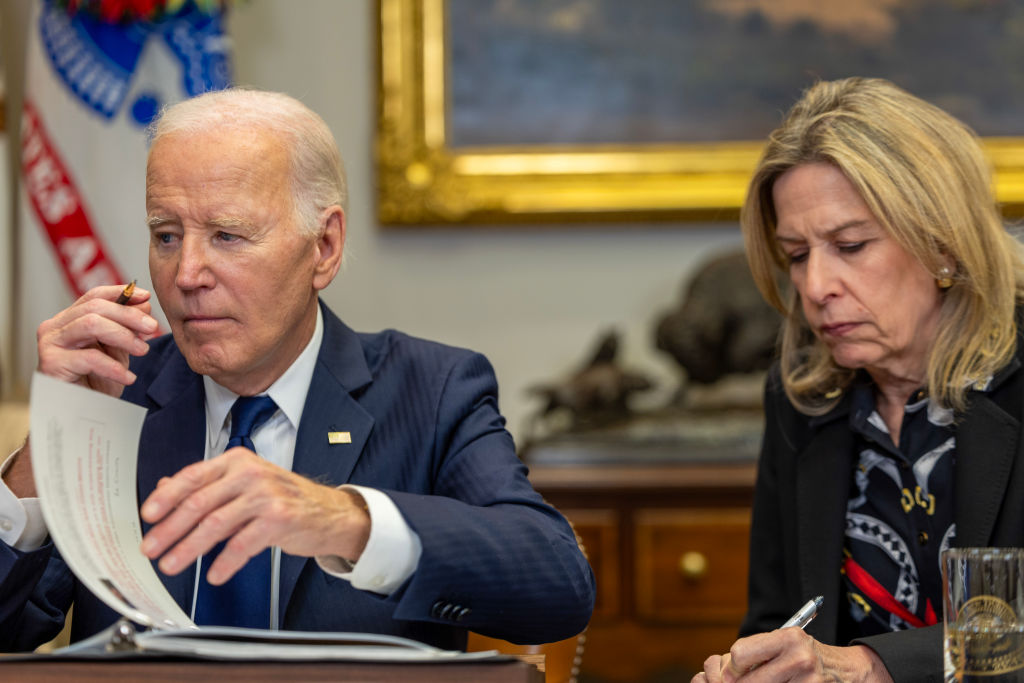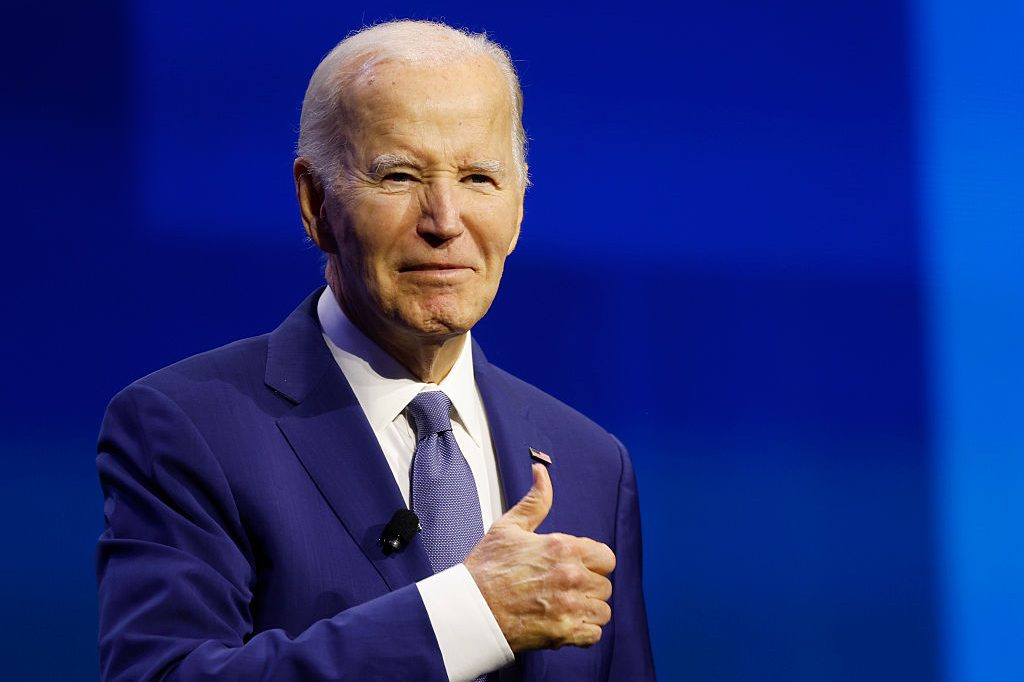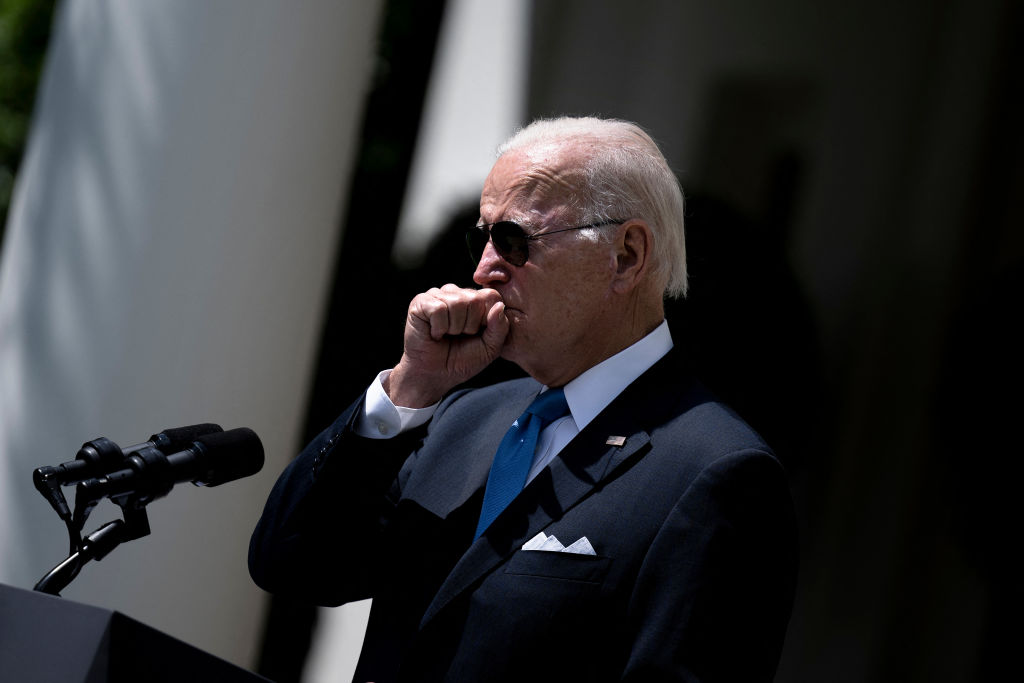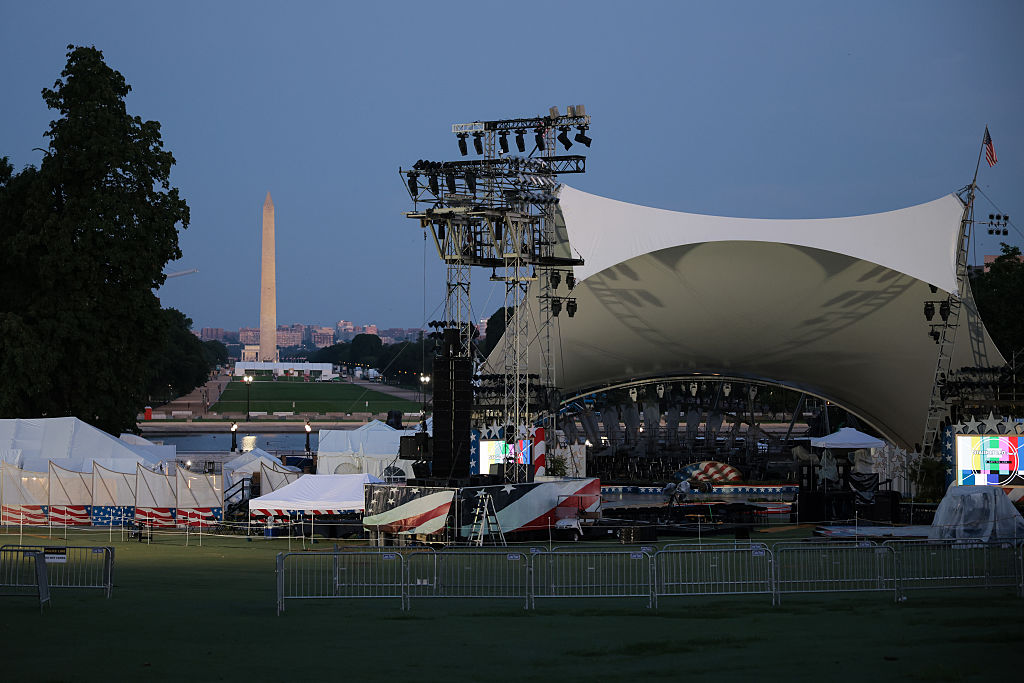On the very same day that Joe Biden was inaugurated, he imposed an order on the national security bureaucracy that received little attention at the time: drone strikes in Yemen and Somalia were to be curtailed until further notice. If American commanders wanted to strike a target in those countries, they would have to bring the request directly to the White House for debate. The new, temporary guidelines would be in place until the Biden administration completed its inter-agency review on America’s policy of targeted killings.
That review is still in the process of being finalized. And while we don’t necessarily know what the Biden administration’s new rules and procedures will be, we do know that the White House is ramping down the pace of drone strikes. The number of strikes conducted during Biden’s first year remains in the single digits. This is miraculous in its own right, but even more so when you compare Biden’s first twelve months on the job to his two immediate predecessors.
In Barack Obama’s first year, 55 drone strikes were conducted in countries outside of the Iraq and Afghanistan war zones. In Donald Trump’s first year, the number increased to 191, with the majority of those strikes taking place in Yemen. Biden’s count thus far is a grand total of nine, spread out across three countries (Yemen, Somalia, and Syria). There hasn’t been a single US drone or air strike in Afghanistan since the final troop withdrawal last August.
Is President Biden giving up on one of the most widely used tools in our counterterrorism arsenal?
Highly unlikely. Drone strikes remain popular on both sides of Pennsylvania Avenue. For one, the risk to US service members is non-existent. It’s a lot safer for a drone operator to dip into surveillance feeds and press a button 8,000 miles away from the target than it is to send in a bomber or a special operations team. Engaging the enemy from a distance cuts down on the risk factor significantly, particularly when the targets operate in areas that are inhospitable to local governments.
Operationally, targeted killing can have a negative impact on how terrorists plan operations and communicate, whether they can continue to recruit effectively, and whether morale can be sustained within the ranks. The US has taken numerous senior al-Qaeda and Islamic State leaders off the battlefield, wiping out experienced veterans and forcing both groups to elevate less competent or charismatic replacements. This was especially the case with al-Qaeda’s core branch in Pakistan’s tribal areas. Analyzing tens of thousands of pages of al-Qaeda correspondence, Dr. Bryce Loidolt of the National Defense University found that US drone strikes had dealt a serious blow to al-Qaeda’s external planning. Indeed, Osama bin Laden was so terrified of drones that he counseled his subordinates to travel on cloudy days, lest they be blown to bits from the air.
Targeted killing, however, has costs as well — something national security officials tend to dismiss or ignore. For instance, the operations are only as good as the intelligence that supports them. When the intelligence is shoddy or operators have a bias toward action, civilians are often killed. The US experienced this first-hand last August when hellfire missiles killed an Afghan aid worker in Kabul after mistaking him for an ISIS suicide bomber. On December 3, the last time the US conducted a drone strike, the Pentagon admitted civilian casualties may have occurred when an MQ-9 Reaper drone in Idlib, Syria, neutralized an al-Qaeda leader traveling in his vehicle.
Every civilian death at the end of a drone is a human tragedy. But it’s also a pragmatic foul-up. Civilian deaths are obviously horrible on their own. But when they generate intense anger from the local population, as drone strikes in Pakistan and Yemen have in the past, the US loses opportunities to recruit sources and informants who would otherwise enhance its situational awareness. People are a lot less likely to consider collaborating with the United States if their friends and loved ones are killed or injured in an attack. And the angrier the local population is, the more politically difficult it is for governments to act as US intelligence partners.
The problem isn’t targeted killing per se. Eliminating the tactic entirely wouldn’t be prudent. In instances when a real, credible, imminent attack against the United States is picked up, striking directly may be an appropriate response.
Over the years, however, Washington has used targeted killing not as a scalpel in extraordinary circumstances, but as a hammer in ordinary ones, like when a foreign government is battling a local insurgency. The beneficiary of these strikes isn’t necessarily the US, but those local governments fighting to preserve their power. In Somalia, 98 percent of the deaths attributed to American drone strikes are low-level militants and civilians, not leadership targets.
Once the Biden administration finishes its policy review, you can expect a number of procedural reforms. But the best institutional change would be a reworking of the targets themselves. Overuse can be just as detrimental as no use at all.



